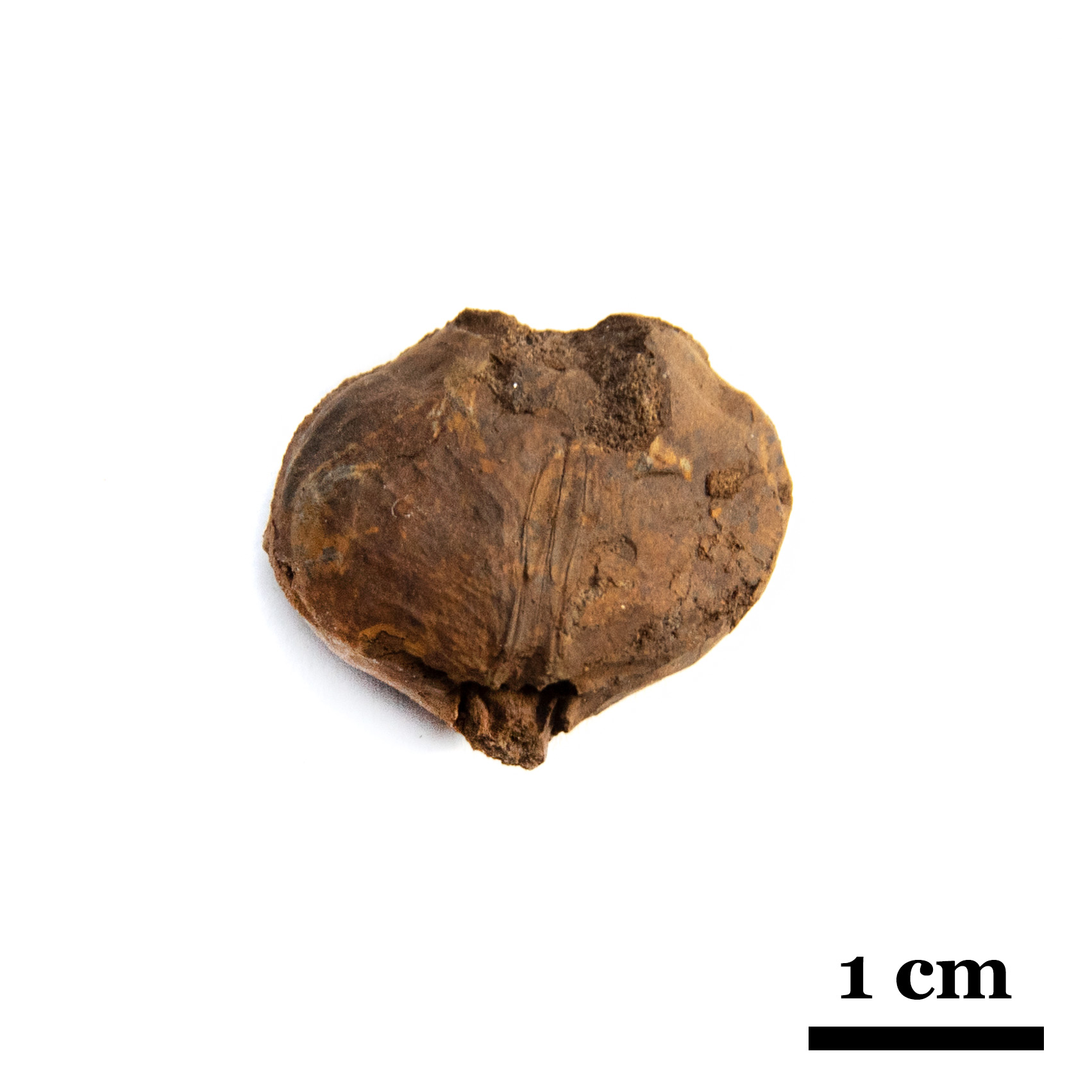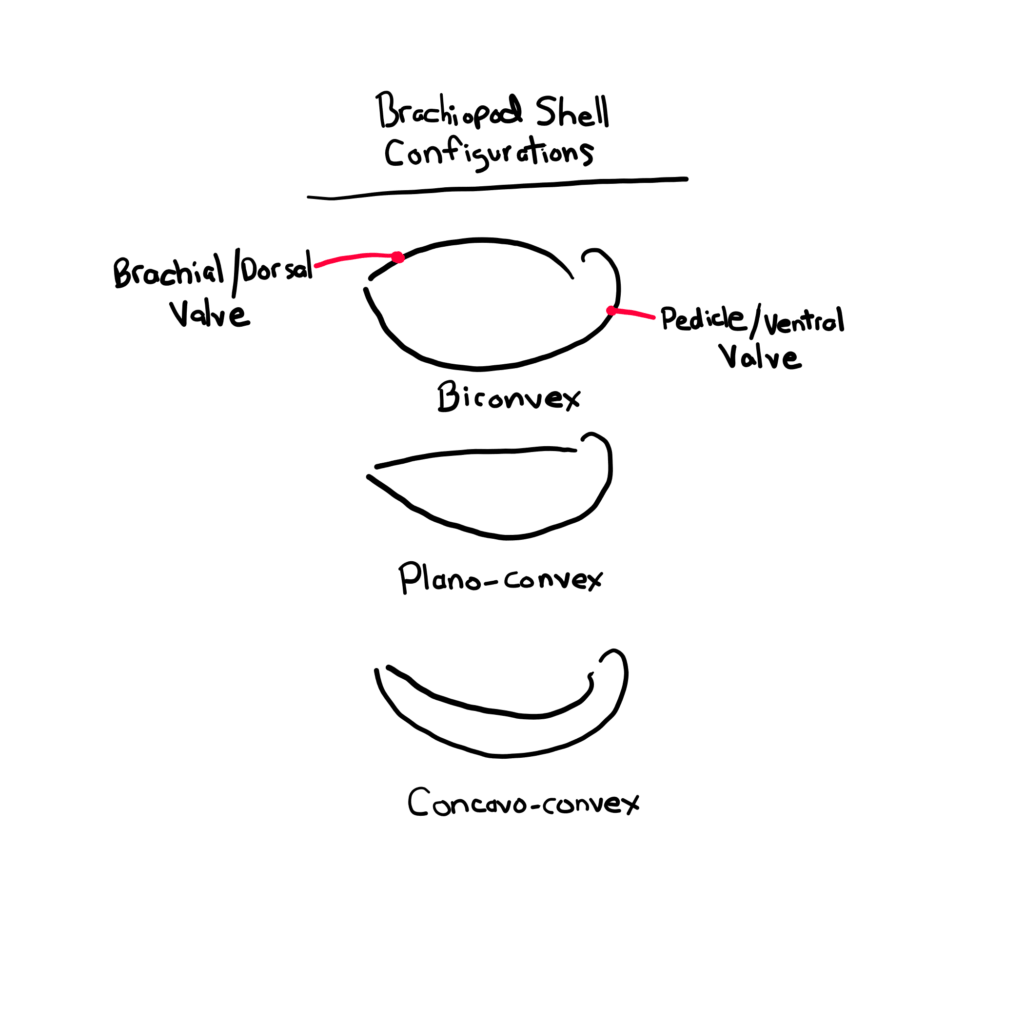The following are six cataloged specimens of Composita from the Brush Creek limestone within the Glenshaw Formation. Specimen CG-0258 is unique within the group, as it comes from a modified soft limestone and preserves features inside of the shell.
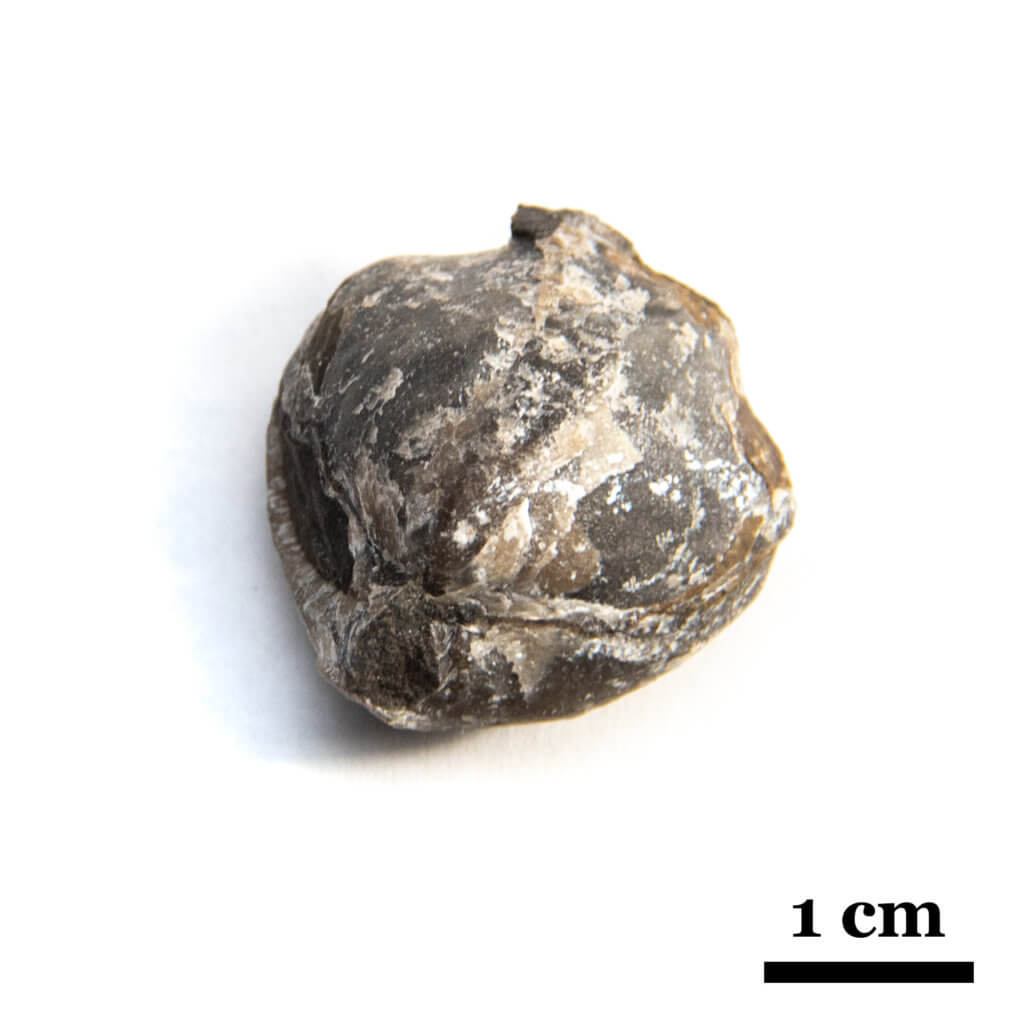

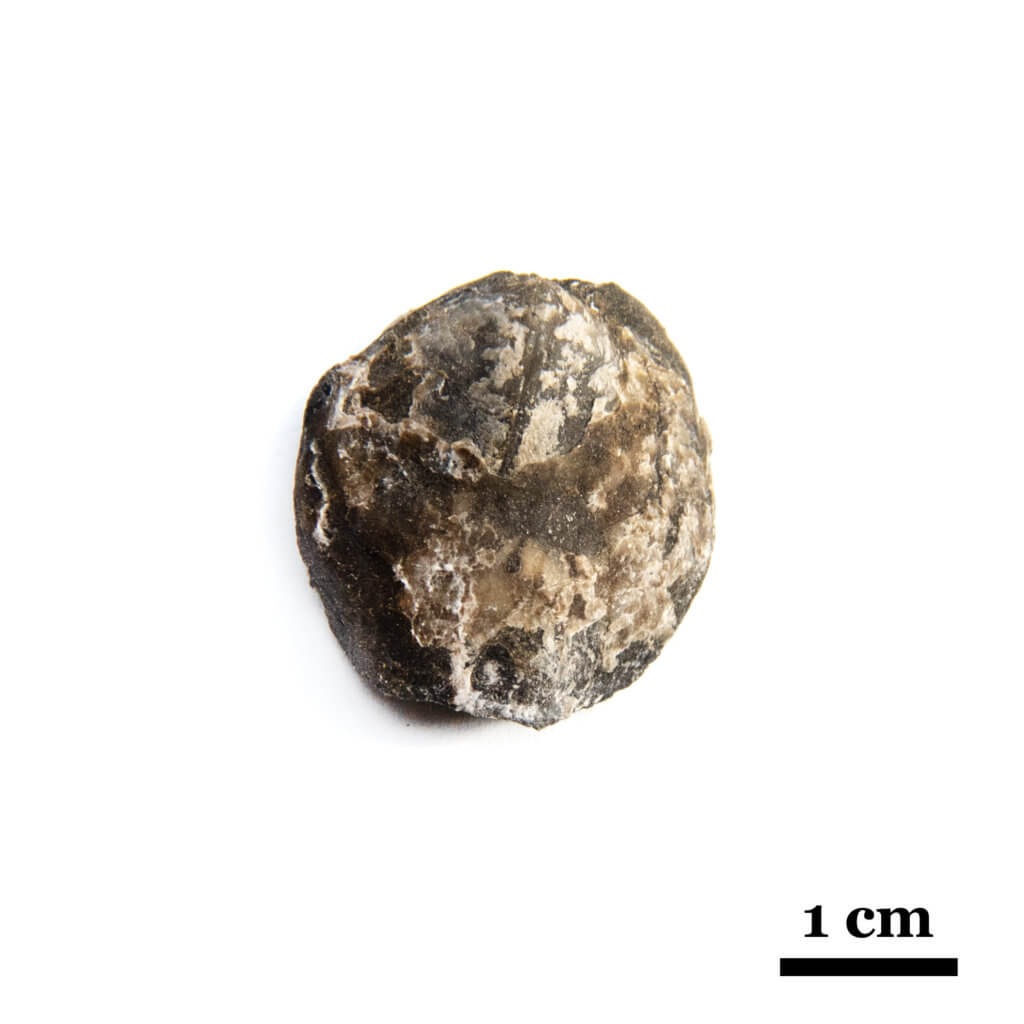
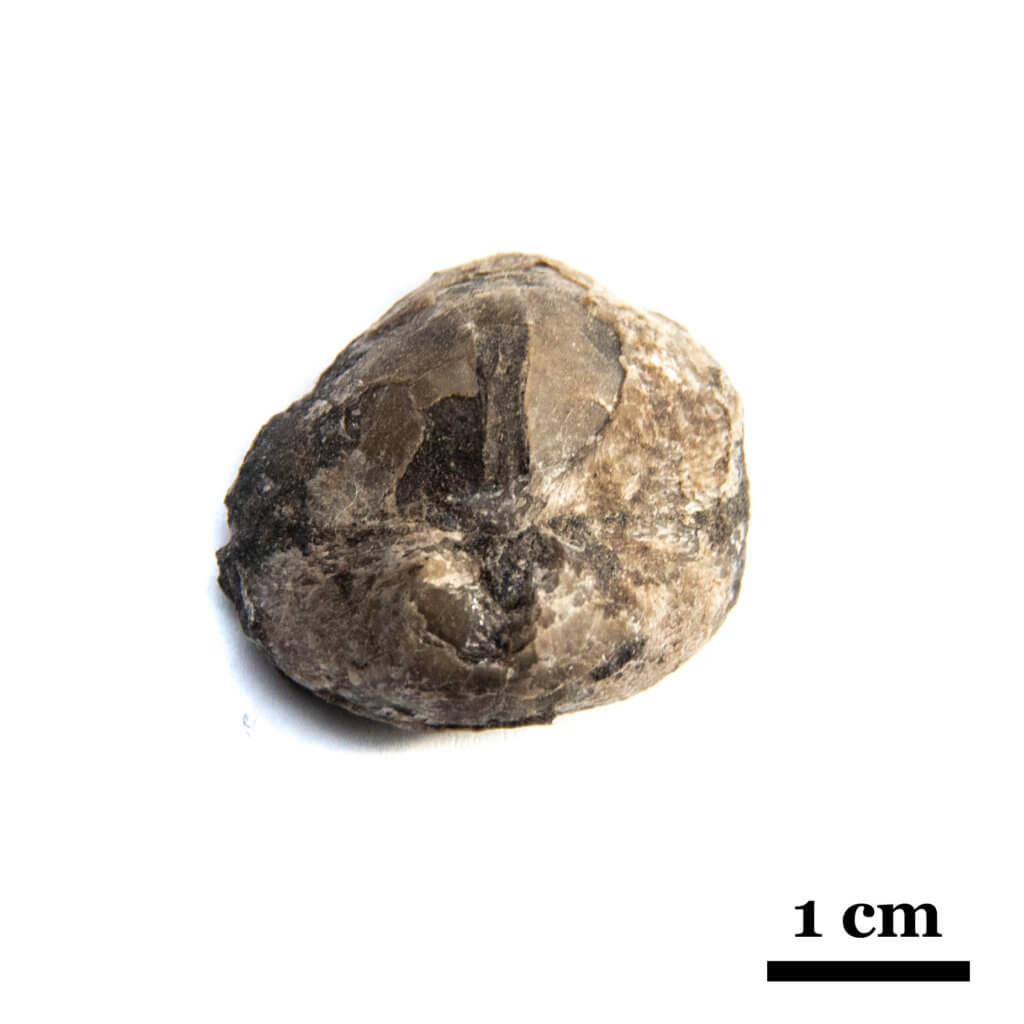
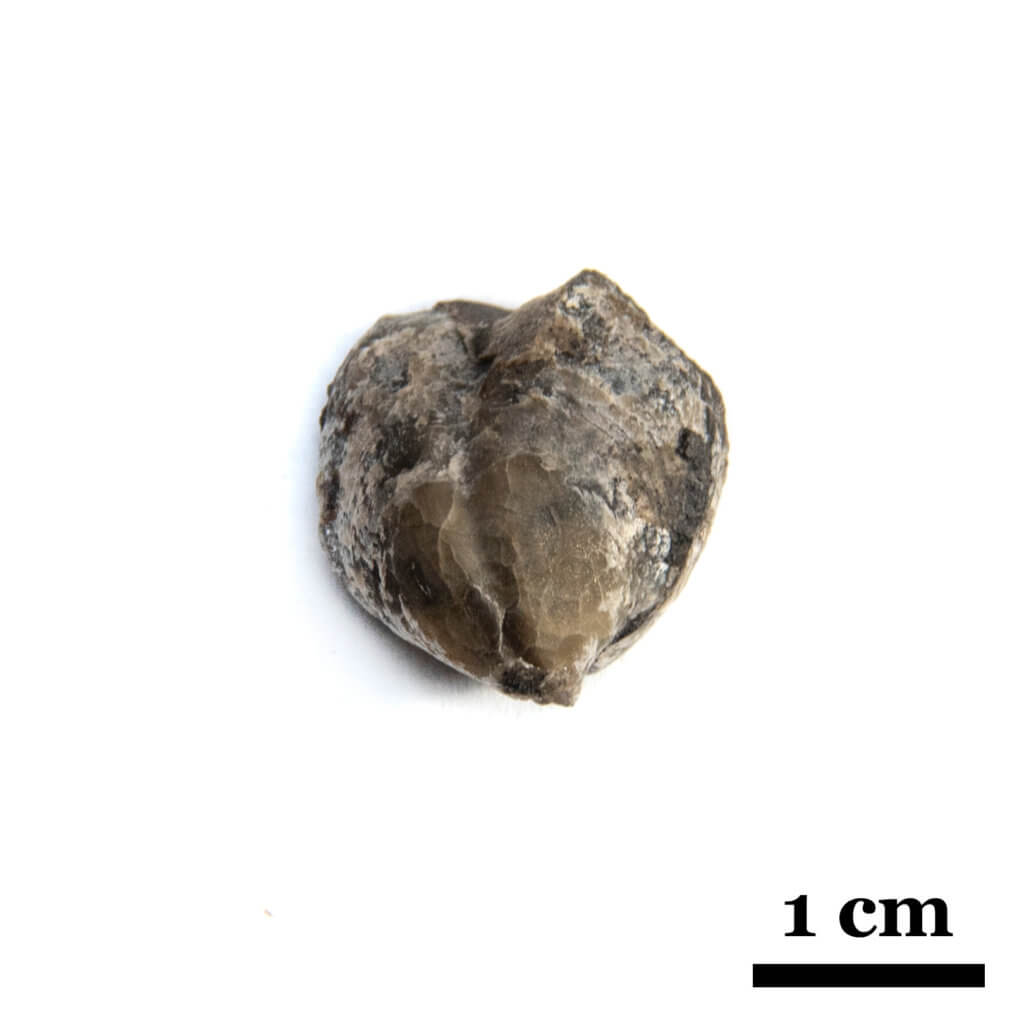
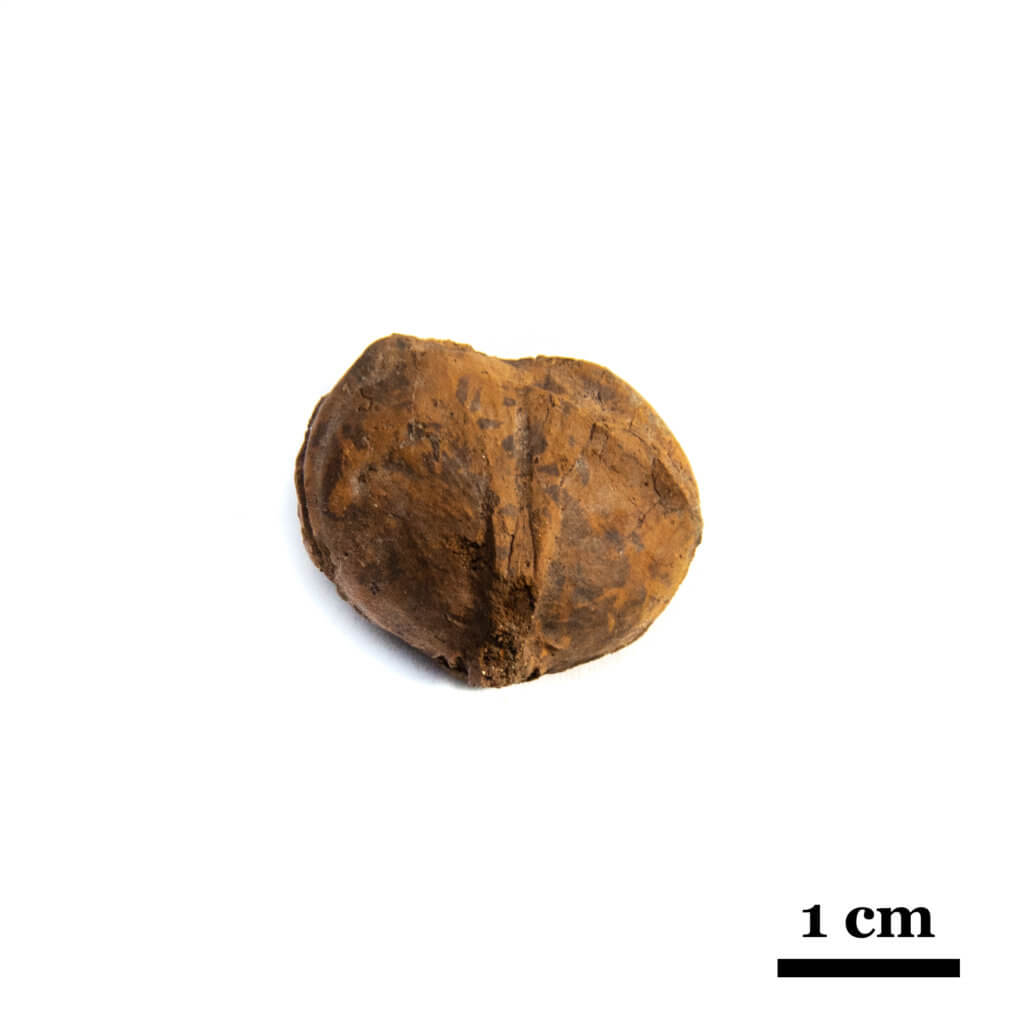
Composita Sulcus Views
The sulcus on Composita is very apparent and one of the easier things to see on the anterior portion of the shell. Many brachiopods from the Pennsylvanian period have a Plano-convex or Concavo-convex shell configuration. The genus Composita has a Biconvex shell and often presents itself as a rounded oval when they are found in limestone locally. They are generally easier to recover as their shape allows for a more accessible release from the hard matrix. I’ve illustrated the three major shell configurations below.
I used green modeling clay to prop up the specimens below, allowing the sulcus to be viewed better. These likely represent more than one species.
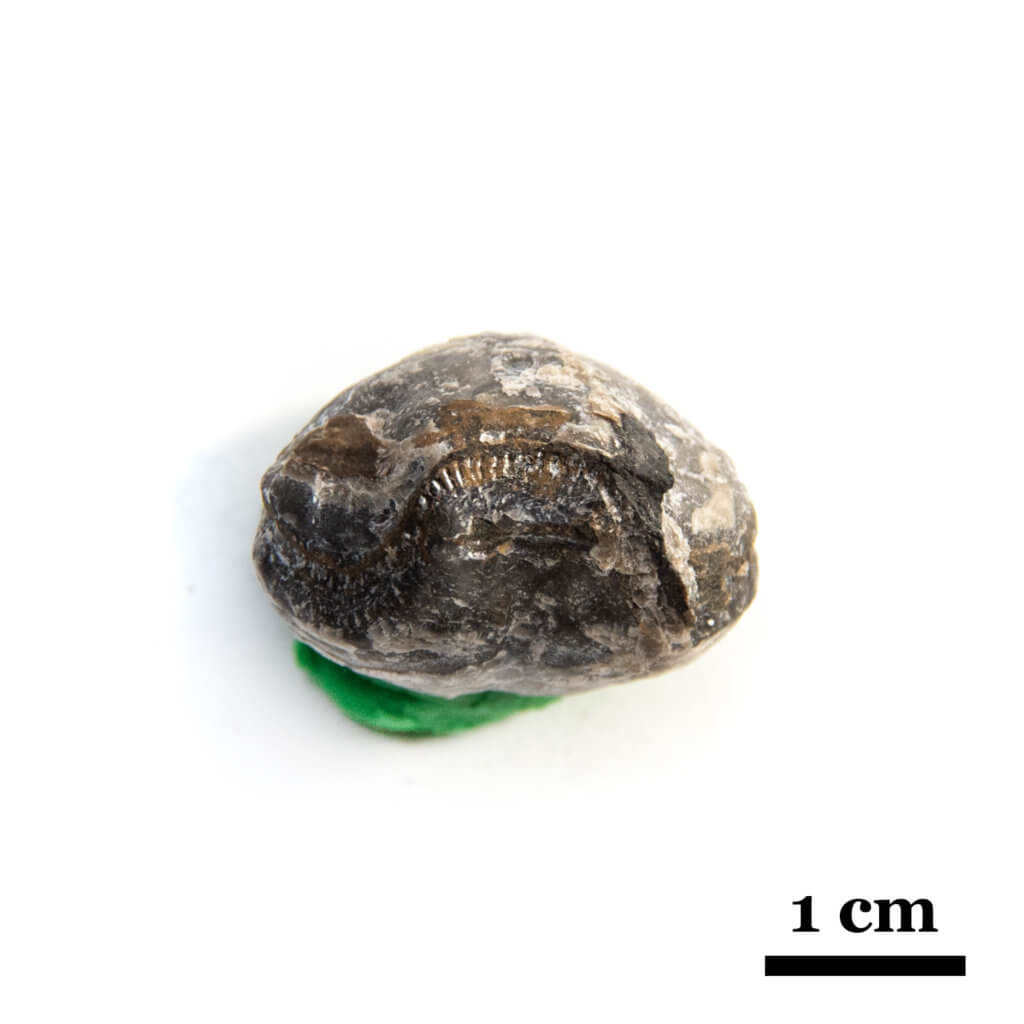

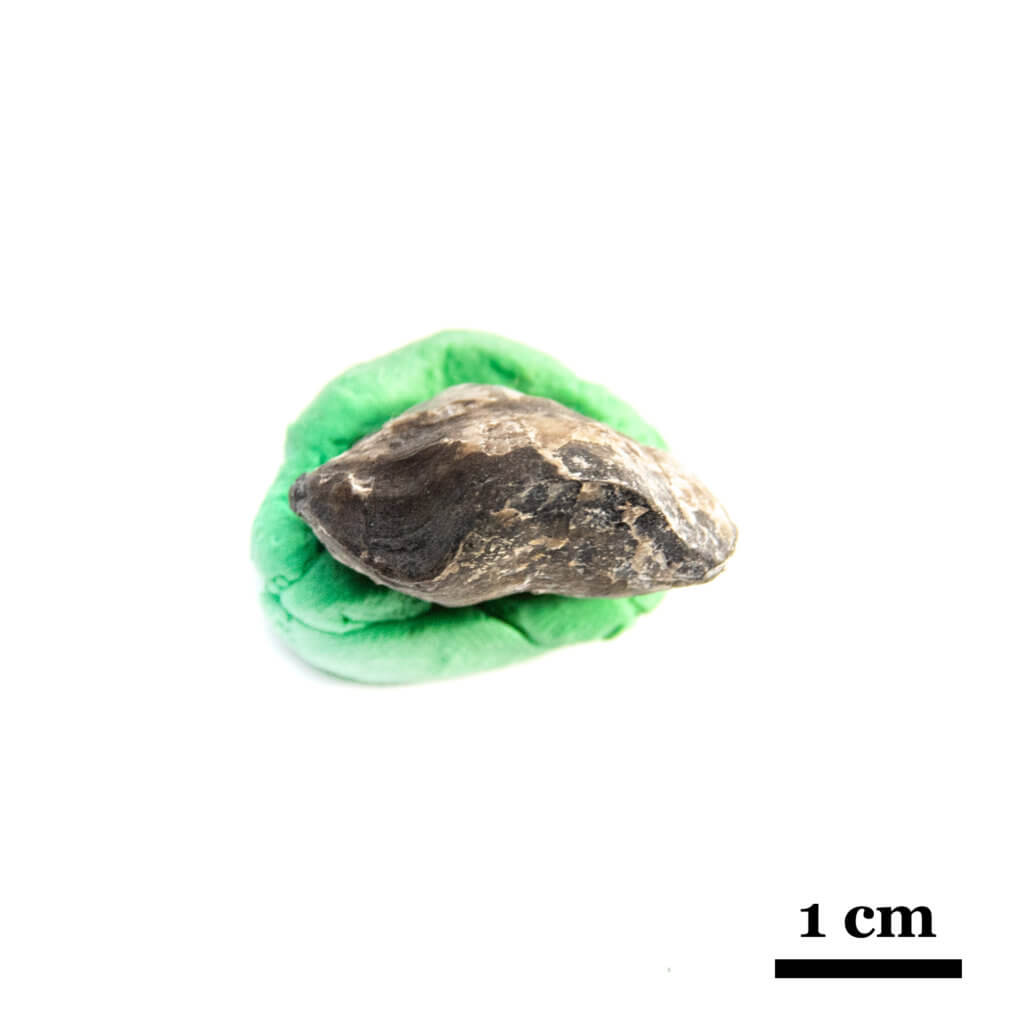
Previous Posts About Composita
Online Pages About Composita
- Wikipedia – Genus Page
- Pennsylvanian Atlas – Genus Page for Composita
- More Information about Brachiopod Shell Morphology

